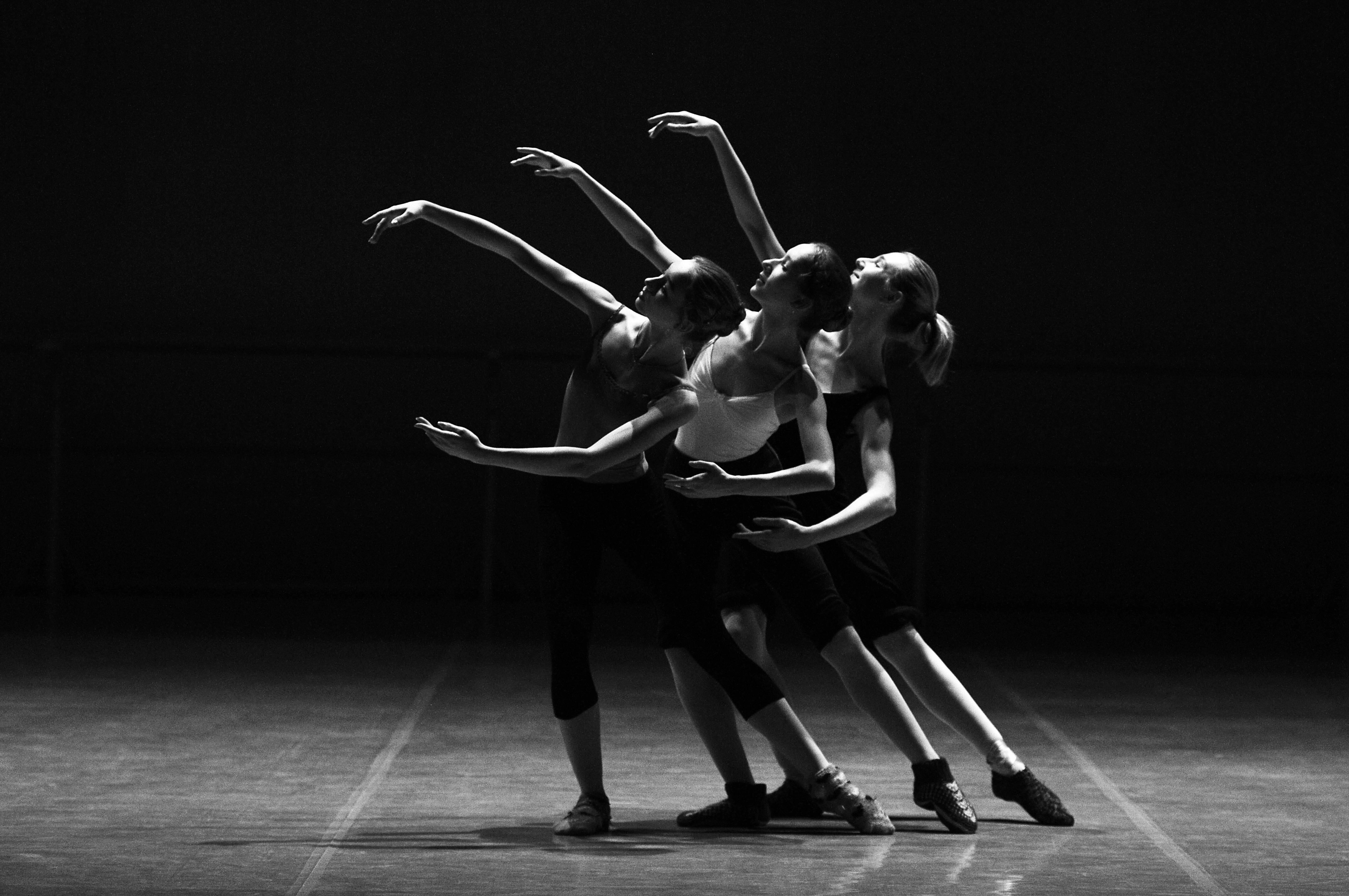It’s a great idea to incorporate bulgarian ceremony customs into your special moment to give it more level and significance. These kinds of traditions, which range from kneading in the bakery to flinging the bouquet and ripping of the cake, are deeply ingrained in history and culture and will add to the specialness of your wedding bulgarian brides.
Numerous Bulgarian individuals have their own distinctive bride customs, some of which go back hundreds of years. The Bible also makes reference to a few of these! Typically, the wedding ceremony is held at the child’s parents’ house or in the cathedral. Following that, there is a reception with food and music that is frequently held at the bride’s parents’ house.
The groom’s father and the best man frequently assist one another during a ritual known as “gelina” ( gee- lin-ay ). This is when the man drives the wedding to his home in a customary horse-drawn vehicle, where he introduces her to the family by having her help with household tasks like cooking, spinning sheep, and washing. It’s a manner for him to express to his woman that she is pleasant in the novel house and that he has plenty faith in her to manage his household.
For a large bridal, Bulgarian ancestors used to drop banners, also known as wedding banners. They were typically positioned substantial in the couple’s home and pointed at the sunlight, wishing the newlyweds luck. The groom may reach down a tree in the forest to start the process of making the ceremony symbol. The tree’s selection was crucial because it had to produce fruit and be healthy.

Another custom from weddings is when the bride’s mother makes a cherry crown, which is typically worn on the scalp. It is thought to bring chance and shield the wife from bad spirits. Some wives even wear purple on their mask to symbolize their ability to withstand adversity in marriage.
The pair commonly signs their civil marriage documents outside the city business, either at the city hall or at a designated outdoor location, after the religious ceremony is finished. The bride and groom does attempt to move on each other’s feet during the civil service, which is thought to identify who will be in charge of the union.
The newlyweds are greeted with a piece of ritual bread that has been first salty and then dipped in honey after the documents have been signed. Water is even poured over the couple by the couple’s mother, which is another indication of well hopes for their future. Some couples also decide to use this chance to possess pictures taken in the conventional ceremony vehicle. Finally, the couple will receive congratulations from every guest at the reception, whether it be at their parents ‘ residences or the wedding location. This portion of the festivity is frequently vibrant and enjoyable. By giving the couple their donations and approving them, the bride’s sister, or “kuma,” also plays a major part in the celebration.
